How Many Amps Does an Air Conditioner Use: Understanding Power Consumption
Key Takeaways
- Different AC types have vastly different power requirements. A small window unit might only need 5-7 amps, while a large central AC system can require 30-40 amps or more. Always match your electrical circuit capacity to your AC's requirements.
- Multiple factors influence how much power your AC actually uses. Beyond the unit's size, factors like outdoor temperature, humidity levels, insulation quality, thermostat settings, and even the number of people in the room all affect your AC's power consumption.
- Higher efficiency ratings translate to real savings over time. A high SEER rating means your AC uses less electricity to produce the same cooling effect. While these units cost more upfront, they often pay for themselves through lower monthly bills.
- Smart usage habits can significantly reduce your electricity costs. Simple actions like regular maintenance, proper insulation, strategic thermostat settings (around 78°F when home), and using fans to circulate air can dramatically lower your AC's power consumption without sacrificing comfort.
Air conditioners have become indispensable in our lives, providing much-needed comfort during scorching summers and keeping indoor environments cool and pleasant. While we often enjoy the benefits of conditioned air, we may not always be fully aware of the intricate details of how these cooling systems operate. One critical aspect of air conditioner operation is power consumption, specifically the measurement of amps (amperes) and their significance in determining the electrical load of these appliances.
Why is it crucial to know the amps and power usage of your air conditioner? First and foremost, it plays a great role in maintaining electrical safety within your home or office. Incorrectly sized electrical circuits or inadequate wiring can lead to dangerous situations and even electrical fires. Secondly, comprehending the power consumption of your air conditioner enables you to manage your energy consumption effectively, potentially reducing air conditioner electricity bills and environmental impact.
In this article, we will delve into the world of air conditioner power consumption, exploring the importance of amps and how they factor into the equation of keeping your living space comfortable and energy-efficient.
Measuring AC Amps and Power Consumption
Amps, or amperes, are fundamental units of measurement in the realm of electrical systems. They quantify the rate at which electric charge flows through a conductor, such as a wire or circuit. Essentially, amps represent the current that flows in an electrical circuit, and they play a pivotal role in ensuring that electricity is safely and efficiently distributed.
Factors that Affect Air Conditioners' Power Consumption
Power consumption refers to the amount of electrical energy used by a device or appliance over a specific period, typically measured in watts (W) or kilowatts (kW).
The power consumption of an air conditioner depends on several factors, including its cooling capacity, efficiency, and operating conditions. Air conditioners are rated in terms of British Thermal Units (BTUs) per hour, which indicate their cooling capacity. A higher BTU rating typically corresponds to a more powerful (and potentially more energy-consuming) unit.
Additionally, air conditioners come in various types, such as window units, split systems, or central air systems, each with its own power requirements. Environmental factors, like ambient temperature and humidity, also impact how an air conditioner consumes power.
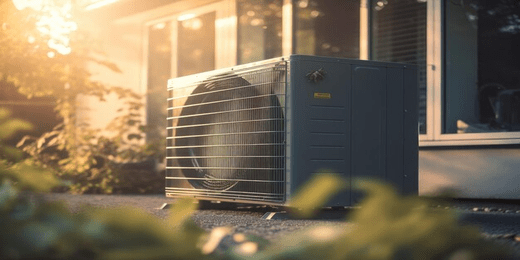 Factors Affecting Air Conditioner Amps
Factors Affecting Air Conditioner Amps
Voltage, BTU and SEER ratings, type of air conditioner, and, of course, environment and temperature settings — all of these factors have an impact on the power consumption of your cooling device. Let’s break them down below.
Voltage Requirements and Variations
- Nominal Voltage: Air conditioners are designed to operate within specific voltage ranges. Common residential AC units typically require either 110-120 volts or 220-240 volts, depending on their size and cooling capacity. Understanding your air conditioner's nominal voltage is essential to ensure it receives the correct power supply.
- Voltage Fluctuations: In some areas, voltage fluctuations or power surges may occur. These can impact the performance and power consumption of your air conditioner. Voltage stabilizers or surge protectors may be necessary to mitigate such issues and maintain stable operation.
- Voltage Compatibility: When installing or replacing an air conditioner, it's crucial to match the unit's voltage requirements with the electrical system's capacity in your home or building. Mismatched voltages can lead to overloading or underperformance.
Cooling Capacity and Efficiency
- BTU Rating: The British Thermal Unit (BTU) rating of an air conditioner determines its cooling capacity. Higher BTU ratings indicate more significant cooling power but may also require more electrical current. It's essential to select an air conditioner with an appropriate BTU rating for the space you intend to cool to achieve efficient and effective cooling.
- SEER Rating: The Seasonal Energy Efficiency Ratio (SEER) measures an air conditioner's energy efficiency. Higher SEER ratings indicate more efficient units that use less air conditioner electricity to produce the same amount of cooling. Investing in a high SEER-rated air conditioner can lead to energy savings over time.
Types of Air Conditioner Units (e.g., Window Units, Central AC)
- Window Units: Window air conditioners are typically designed for single-room cooling. They come in various sizes and capacities, each with its own amp requirements. Window units are relatively easy to install and are powered by standard household outlets.
- Split Systems: Split-system air conditioners consist of indoor and outdoor units connected by refrigerant lines. These systems can cool multiple rooms and may require dedicated electrical circuits.
- Central Air Conditioning: Central AC systems provide cooling for entire homes or buildings. They require higher voltage and air conditioner amperage, often necessitating dedicated circuits and professional installation.
Environmental Conditions and Temperature Settings
- Ambient Temperature: The temperature of the surrounding environment can significantly impact an air conditioner's power consumption. Extremely hot or cold conditions may require the unit to work harder to achieve the desired indoor temperature, increasing its amp draw.
- Humidity: High humidity levels can affect an air conditioner's efficiency. In humid conditions, the unit may need to run longer to remove moisture from the air, potentially consuming more power.
- Thermostat Settings: The temperature at which you set your thermostat influences how often and how long the air conditioner runs. Lowering the thermostat in hot weather will increase power consumption.
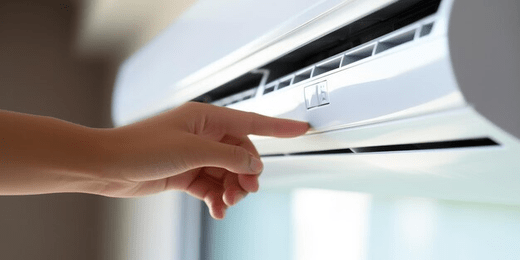 Typical Amp Ratings for Common Air Conditioners
Typical Amp Ratings for Common Air Conditioners
Air conditioners come in various types and sizes to suit different cooling needs, whether for residential or commercial use.
Residential Air Conditioners
- Window Air Conditioners:
- Smaller window units (around 5,000-8,000 BTUs): Typically draw 5-7 amps at 115 volts.
- Medium-sized units (8,000-12,000 BTUs): May draw 7-10 amps at 115 volts.
- Larger models (12,000-24,000 BTUs): Can draw 10-15 amps at 115 volts.
- Split Systems (Mini-Split):
- Mini-split systems vary in size but often require dedicated 15-20 amp circuits for indoor and outdoor units.
- Some larger mini-splits may require 30-40 amp circuits for higher BTU ratings.
- Central Air Conditioning (Residential):
- Central air conditioners typically require higher air conditioner amperage due to their larger cooling capacity.
- A 2-ton central AC unit may draw around 15-20 amps.
- A 3.5-ton unit may require 25-30 amps.
- A 5-ton unit may need 30-40 amps.
Commercial Air Conditioners
Commercial air conditioners are designed to cool larger spaces and often demand more power.
- Packaged Rooftop Units (RTUs):
- Commonly used for commercial and industrial applications.
- Amp ratings can vary widely depending on the size and cooling capacity of the unit.
- Smaller RTUs may require 30-50 amps.
- Larger units may need 100 amps or more.
- Central Air Conditioning (Commercial):
- Similar to residential units, commercial central AC systems are rated based on cooling capacity.
- Medium-sized commercial units (e.g., 10-20 tons) may require 60-100 amps.
- Larger units for large commercial or industrial buildings may demand 200 amps or more.
Key Differences Between Commercial and Home ACs
- Size and Cooling Capacity: The most significant difference between residential and commercial air conditioners is their size and cooling capacity. Commercial units are designed to handle larger spaces and higher cooling loads, which often necessitate higher amp ratings.
- Voltage: While residential air conditioners commonly operate at 115-120 volts, commercial units may require higher voltage inputs, such as 208 or 240 volts, to accommodate their larger power requirements.
- Dedicated Circuits: Both residential and commercial air conditioners often require dedicated electrical circuits. However, commercial units are more likely to need multiple circuits or higher-amperage circuits to meet their demands.
- Professional Installation: Commercial air conditioners are typically installed by professionals due to their complexity and higher electrical requirements. Residential units can sometimes be installed by homeowners, especially smaller window units.
- Maintenance and Regulation: Commercial air conditioners are subject to more stringent regulations and maintenance requirements due to their larger size and the potential impact on larger groups of people.
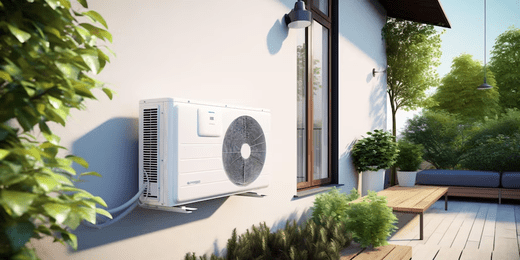 Tips for Reducing Energy Consumption and Saving on Electricity Bills
Tips for Reducing Energy Consumption and Saving on Electricity Bills
In addition to choosing an energy-efficient air conditioner, you can take several steps to further reduce power consumption and save on your electricity bills:
- Regular Maintenance: Schedule annual maintenance for your air conditioner. Clean or replace filters, check refrigerant levels, and ensure all components are in good working order. A well-maintained unit operates more efficiently.
- Seal and Insulate: Properly insulate and seal your home or office to prevent cool air from escaping and hot air from infiltrating. This reduces the workload on your air conditioner.
- Use Ceiling Fans: Ceiling fans can help distribute cool air more effectively, allowing you to set your thermostat a few degrees higher while maintaining comfort.
- Set Thermostat Wisely: During the summer, aim for a thermostat setting of around 78°F (26°C) when you're at home. When you're away, increase the thermostat setting to reduce unnecessary cooling.
- Block Sunlight: Use curtains or blinds to block direct sunlight during the hottest parts of the day. This reduces the heat gain inside your space.
- Ventilation: Use exhaust fans in kitchens and bathrooms to remove heat and humidity, reducing the load on your air conditioner.
- Limit Appliance Use: Be mindful of using heat-generating appliances like ovens and dryers during the hottest parts of the day. Consider using them in the evening when it's cooler.
- Shade Your Outdoor Unit: Providing shade for your outdoor condenser unit can improve its efficiency by preventing it from overheating.
- Upgrade Insulation and Windows: If possible, consider upgrading insulation and windows to improve energy efficiency throughout your home or building.
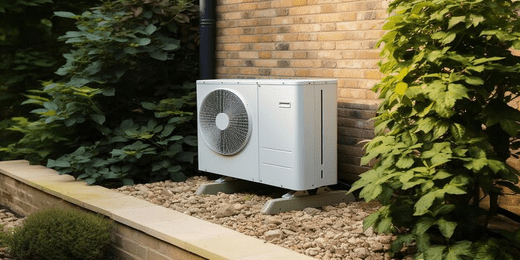 The Role of Air Conditioner Controllers in Optimizing AC Power Consumption
The Role of Air Conditioner Controllers in Optimizing AC Power Consumption
Air conditioner (AC) controllers play a crucial role in managing and optimizing AC power consumption. These controllers are integral components of modern air conditioning systems and are designed to enhance energy efficiency and user comfort. Here's an overview of the role of AC controllers in AC power consumption:
- Cycle Control: AC controllers manage the cycling of the compressor, which is the most power-hungry component of an air conditioner. They ensure that the compressor runs efficiently by controlling the frequency and duration of its cycles. This prevents the system from overcooling or overheating the space and reduces unnecessary energy consumption.
- Fan Speed Control: Air conditioner controllers also manage the speed of the indoor and outdoor fans. By adjusting the fan speed to match the cooling needs, the controller optimizes the distribution of conditioned air and minimizes fan energy consumption.
- Scheduling and Timers: Many AC controllers include scheduling and timer features that allow users to program when the air conditioner operates. This is particularly useful for setting different temperature levels during different times of the day or turning off the AC when no one is present. By reducing runtime during non-peak hours, energy consumption can be lowered significantly.
- Load Shedding: In some cases, AC controllers can participate in load shedding programs. During periods of high electricity demand, the controller can temporarily reduce the cooling load or cycle the AC to decrease its power consumption, helping to prevent power grid overload.
- Remote Monitoring and Control: Modern AC controllers often feature remote monitoring and control capabilities. Users can adjust temperature settings and monitor energy usage from their smartphones or computers. This remote control allows for real-time adjustments to optimize power consumption based on changing conditions.
- Integration with Smart Grids: In advanced systems, AC controllers can integrate with smart grids, receiving signals from utilities to adjust operation based on electricity pricing and grid demand. This allows users to take advantage of lower electricity rates during off-peak hours.
- Diagnostics and Maintenance Alerts: AC controllers can also provide diagnostic information about the condition of the system. They can detect issues such as refrigerant leaks, clogged filters, or malfunctioning components and alert users or service technicians promptly. Timely maintenance can help keep the system running efficiently, preventing energy waste.
FAQ
Can I run my air conditioner on a regular household outlet?
Small window units (5,000-8,000 BTUs) work with standard 115V outlets. Larger units, mini-splits, and central AC systems need dedicated 220-240V circuits. Always check your AC's voltage requirements on the nameplate before plugging it in.
Why does my electricity bill spike so much when I use my air conditioner?
Air conditioners can account for 50-70% of your summer electricity bill. The compressor uses massive amounts of power, especially when running constantly or set to very low temperatures. Inefficient units make this even worse.
How do I know if my electrical circuit can handle my new air conditioner?
Compare your circuit's amp rating (check your breaker panel) to your AC's amp requirements (on the unit's nameplate). Your AC should use no more than 80% of the circuit's capacity. A 20-amp circuit can safely handle up to 16 amps. When unsure, consult an electrician.
Do inverter air conditioners really save that much electricity?
Yes, inverter ACs save 20-50% compared to traditional units. Instead of turning completely on/off, they adjust speed continuously to maintain temperature, eliminating energy waste from constant cycling.
What's the difference between the amp rating on my AC and what it actually uses?
The nameplate shows maximum current draw during startup. During normal operation, your AC uses less power, especially once the room reaches your set temperature. Inverter ACs vary their consumption even more based on cooling demands.




























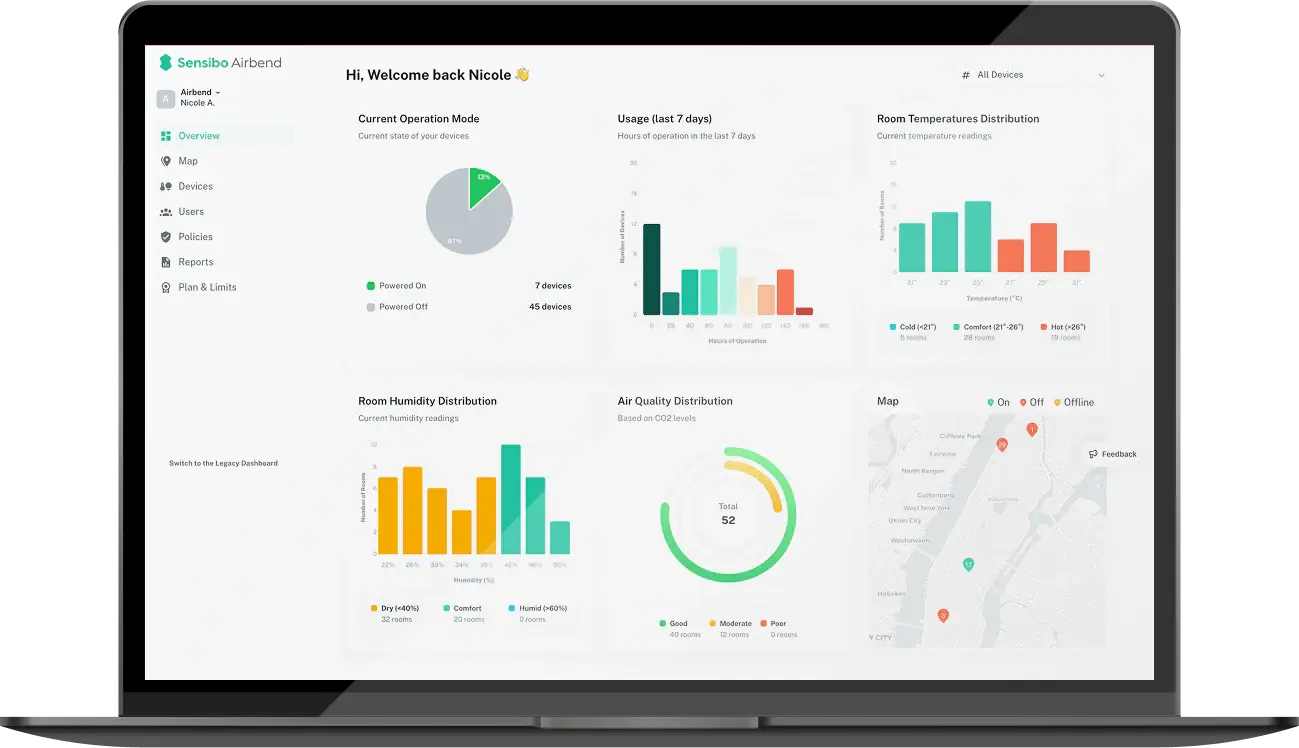





.png)
.jpg?height=200&name=855%20(1).jpg)

.jpg?height=200&name=photo_2024-08-16_18-39-12%20(1).jpg)
